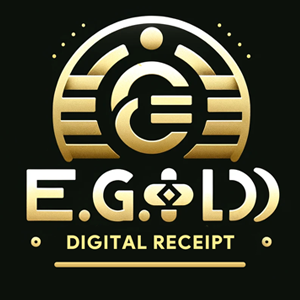Gold Bar 1g: A Practical Investment for Everyone
Gold, the timeless symbol of wealth, is now more accessible than ever with 1g gold bars. These miniature gold bars provide a gateway into the world of precious metals, offering affordability, portability, and versatility for both novice investors and seasoned collectors. Whether you're curious about their value, uses, or where to buy them, this guide will help you understand why a gold bar 1g is the perfect choice for anyone seeking a smaller yet impactful investment.
What is a Gold Bar 1g?
A gold bar 1g weighs exactly 1 gram, equivalent to 0.03215 troy ounces. These bars are typically crafted from 24-karat gold with a purity of 99.99%, making them small but valuable. They are manufactured by renowned mints and refineries worldwide, including PAMP Suisse, Valcambi, and Perth Mint, ensuring authenticity and quality.
Why Choose a Gold Bar 1g?
A gold bar 1g is an excellent option for several reasons:
- Affordability: It is one of the most budget-friendly ways to own gold, ideal for those starting their investment journey.
- Portability: Its compact size makes it easy to store, carry, or even gift.
- Flexibility: Smaller denominations like 1g bars offer more liquidity and are easier to trade or sell when needed.
- Collectibility: Many 1g bars feature intricate designs and limited editions, appealing to collectors.
How Much is a Gold Bar 1g Worth?
The value of a 1g gold bar is determined by the current spot price of gold and any additional premiums charged by the manufacturer or dealer. To calculate its worth:
- Find the current gold spot price per ounce (e.g., $2,000).
- Convert it to grams ($2,000 ÷ 31.1035 ≈ $64.34 per gram).
- Add the premium (typically 5-20% for 1g bars).
For example, a 1g gold bar may cost around $75, depending on the market conditions and seller.
Who Should Buy a Gold Bar 1g?
Gold bar 1g is an ideal choice for:
- Beginners: It’s perfect for first-time gold investors looking to dip their toes into precious metals.
- Small-Scale Investors: Those with limited budgets who still want to own physical gold.
- Gifts and Collectors: A unique and thoughtful gift or collectible item for special occasions.
Where to Buy a Gold Bar 1g
You can purchase 1g gold bars from various reputable sources:
- Authorized Dealers: Licensed gold dealers offer certified and authentic gold bars.
- Online Platforms: Trusted e-commerce platforms like JM Bullion, APMEX, or local equivalents.
- Banks and Mints: Many national mints and banks sell 1g bars directly.
Always verify the credibility of the seller and check for tamper-proof packaging, certificates of authenticity, and refund policies.
Benefits of Owning a Gold Bar 1g
1g gold bars offer multiple advantages:
- Entry-Level Investment: A low-cost way to diversify your portfolio.
- Hedge Against Inflation: Protects wealth during economic uncertainties.
- Liquid Asset: Easy to sell or trade in small quantities.
- Compact and Secure: Minimal storage requirements compared to larger bars.
How to Store a Gold Bar 1g
Proper storage ensures your gold bar retains its value:
- Home Safes: Use a fireproof safe for secure storage.
- Bank Lockers: Deposit your gold in a bank for added safety.
- Professional Vaults: Third-party vaults offer insurance and top-tier security.
Gold Bar 1g vs Other Denominations
| Gold Denomination | Benefits | Considerations |
|---|---|---|
| 1g Bar | Affordable, portable | Higher premium per gram |
| 10g Bar | Lower premium, compact | Costs more upfront |
| 1oz Bar | Best value per gram | Higher initial investment |
| 100g Bar | Suitable for large-scale investors | Requires secure storage |
The Popularity of 1g Gold Bars
The rising popularity of 1g gold bars is fueled by their accessibility and practicality. In regions like Europe, Asia, and the Middle East, 1g bars are often used for gifting and savings due to their manageable size and affordability. Their versatility makes them a preferred choice for younger investors and those seeking tangible assets in uncertain times.
How to Sell a Gold Bar 1g
When it’s time to sell your 1g gold bar:
- Check the current gold spot price.
- Research multiple buyers, including dealers and online platforms.
- Ensure the bar remains in its original packaging to retain maximum value.
FAQs About Gold Bar 1g
How pure is a 1g gold bar?
Most 1g bars are 99.99% pure gold.What is the typical premium for a 1g bar?
Premiums range from 5-20%, depending on the brand and market demand.Is a gold bar 1g a good investment?
Yes, it’s a practical and affordable way to start investing in gold.Can I buy 1g bars in bulk?
Yes, buying in bulk often reduces the premium per bar.How do I know if a 1g bar is genuine?
Look for certifications, tamper-proof packaging, and reputable sellers.Where are 1g gold bars manufactured?
Renowned mints like PAMP Suisse, Perth Mint, and Valcambi produce them.Can I use a 1g bar as a gift?
Absolutely, it’s a unique and valuable gift for any occasion.Does the value of 1g gold bars appreciate over time?
Yes, their value typically rises with the spot price of gold.Are 1g bars recognized globally?
Yes, bars from reputable mints are widely recognized.Can I sell my 1g bar to a local jeweler?
Yes, but ensure they offer competitive rates based on the gold spot price.
Gold bar 1g represents the perfect entry point into gold investing. Its affordability, ease of purchase, and practical benefits make it a popular choice for both new and experienced investors. Whether you’re diversifying your portfolio, starting your gold journey, or seeking a unique gift, the 1g gold bar offers unmatched versatility and enduring value.
Historical Significance of 1g Gold Bars
While gold bars have been used as a form of wealth storage for centuries, the introduction of smaller denominations like the 1g gold bar is a relatively modern innovation. Designed to meet the growing demand for accessible and affordable gold investments, these bars are particularly popular in markets where gold ownership is deeply rooted in cultural and financial practices. In countries such as India, China, and the Middle East, smaller gold bars are often given as gifts during weddings, festivals, and other special occasions.
The compact size of 1g gold bars also reflects the increasing democratization of gold investment, making it possible for individuals from all walks of life to own a piece of this precious metal. The trend aligns with a broader shift toward financial inclusion, encouraging more people to diversify their assets and secure their wealth through tangible investments.
How 1g Gold Bars Are Manufactured
Gold bars, including the 1g variant, are crafted using advanced techniques to ensure precision and quality. The process typically involves:
- Gold Refinement: Raw gold is purified to 99.99% purity through processes like smelting or electrolytic refining.
- Casting or Minting: Depending on the manufacturer, the gold may be cast into molds or minted into bars for a polished, finished appearance.
- Stamping and Marking: Each bar is stamped with vital details, such as its weight, purity, and the manufacturer’s logo.
- Packaging: 1g bars are sealed in tamper-proof packaging with a certificate of authenticity to guarantee their value and legitimacy.
Renowned refineries like PAMP Suisse and Valcambi have set industry standards for manufacturing, ensuring that each bar meets strict quality controls.
How to Identify Authentic 1g Gold Bars
Given the rising demand for gold, counterfeit products have become a concern in the market. To ensure authenticity, consider the following:
- Manufacturer’s Logo: Look for recognizable brands like PAMP Suisse, Perth Mint, or Valcambi.
- Tamper-Proof Packaging: Authentic gold bars come sealed with clear indicators of tampering.
- Serial Numbers: Many 1g bars include unique serial numbers for traceability.
- Certification: A certificate of authenticity should accompany the bar, often integrated into the packaging.
- Professional Testing: If in doubt, have the bar tested by a jeweler or precious metals expert using tools like electronic testers or X-ray fluorescence (XRF).
Investing in Gold Bar 1g as a Long-Term Strategy
Although small in size, 1g gold bars play a significant role in long-term wealth preservation. Gold is known for its stability and ability to retain value, even during economic downturns or market crashes. By purchasing 1g bars regularly, investors can build a substantial gold reserve over time through a strategy known as dollar-cost averaging. This approach mitigates the risks associated with market fluctuations, as you invest consistently regardless of price variations.
1g gold bars are also an excellent option for those looking to pass on wealth to future generations. Their compact size and universal appeal make them easy to store, gift, or liquidate when necessary.
Cultural and Global Demand for 1g Gold Bars
The demand for 1g gold bars varies across regions but remains consistently high in cultures where gold ownership symbolizes prosperity, security, and tradition. For example:
- Asia: In countries like India and China, 1g gold bars are frequently purchased during festivals like Diwali or Chinese New Year as a token of good fortune.
- Middle East: Gold is often used as a form of savings and gifting, with smaller denominations being particularly popular.
- Europe and North America: Rising awareness of gold as an investment tool has increased the popularity of 1g bars among younger investors.
The Future of 1g Gold Bars
As gold continues to solidify its position as a safe-haven asset, the future of 1g gold bars looks promising. Innovations in packaging, design, and traceability will further enhance their appeal to investors and collectors alike. Additionally, with advancements in technology, purchasing 1g gold bars through online platforms has become more convenient and secure, broadening their accessibility.
Governments and central banks may also play a role in encouraging smaller gold investments, as seen in some regions where gold ownership is promoted as a means of economic stability and financial literacy.
Final Thoughts on Gold Bar 1g
The 1g gold bar offers a perfect balance of affordability, portability, and versatility, making it an ideal choice for a wide range of individuals. Whether you’re a first-time buyer, a seasoned investor, or someone seeking a meaningful gift, this smallest denomination of gold provides unmatched value and practicality.
By understanding the market, choosing reputable sellers, and following best practices for storage and authentication, you can confidently invest in 1g gold bars. Over time, this seemingly small investment can become a cornerstone of your financial security and a testament to the enduring allure of gold as a timeless asset.
NOTE
This Content is the copyrighted content of EE.GOLD. All rights are reserved. You are welcome to share or use our content only by including direct links to our website. Any other form of reproduction, distribution, or use without proper attribution is strictly prohibited.
This Content is intended solely for educational purposes. The information provided does not constitute financial or investment advice.
Please note that Digital Storage Receipt, Secure Storage Solutions, and Physical Gold Sales are the only services offered by EE.GOLD.
We strictly adhere to government regulations and are firmly against all illegal financial or investment activities globally.
For further inquiries, feel free to contact us through our official channels.

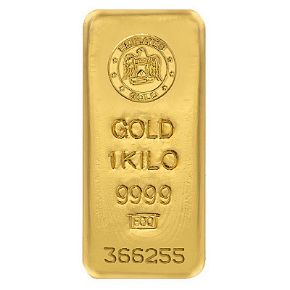
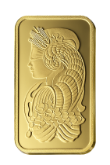
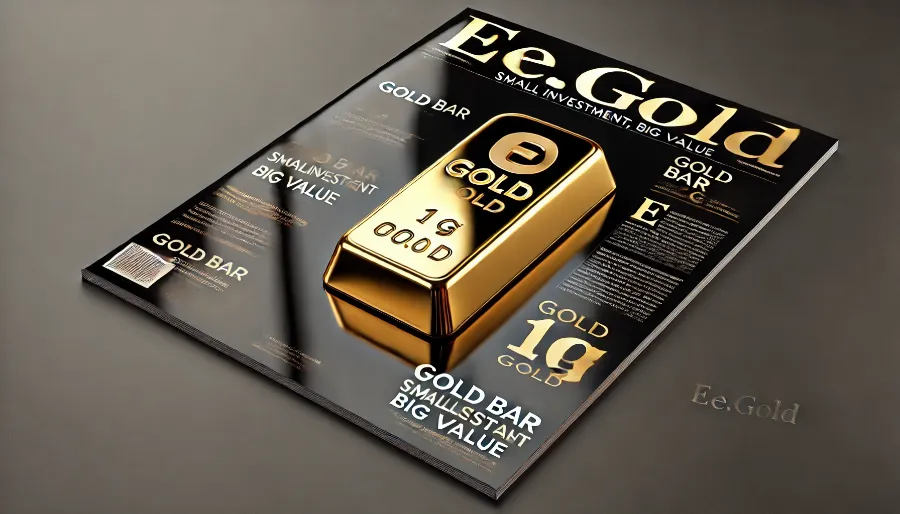
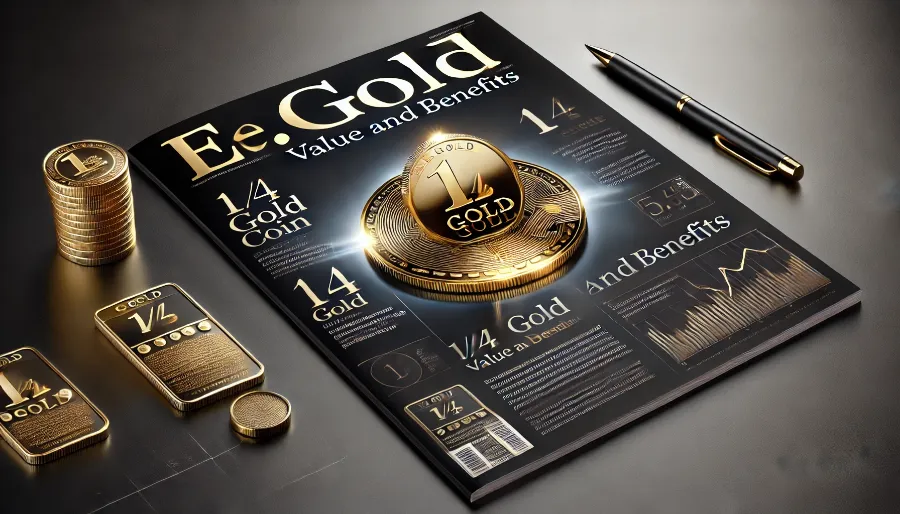
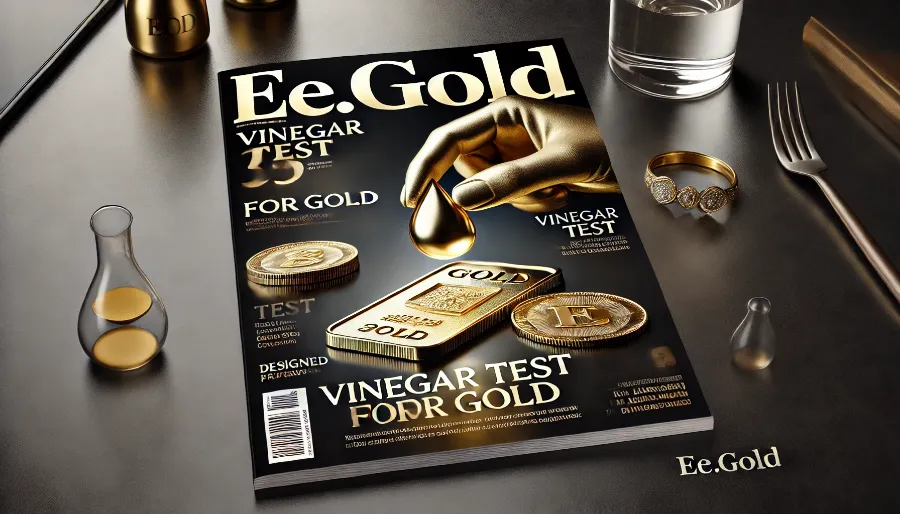
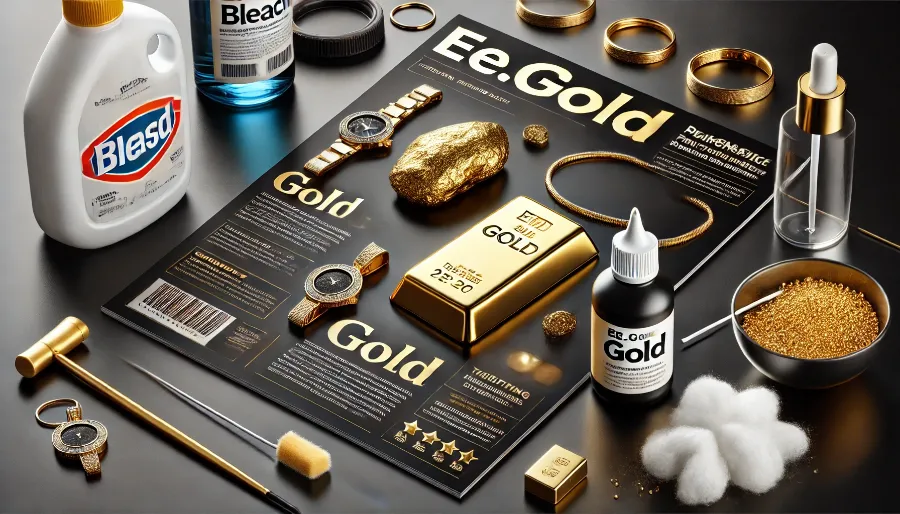
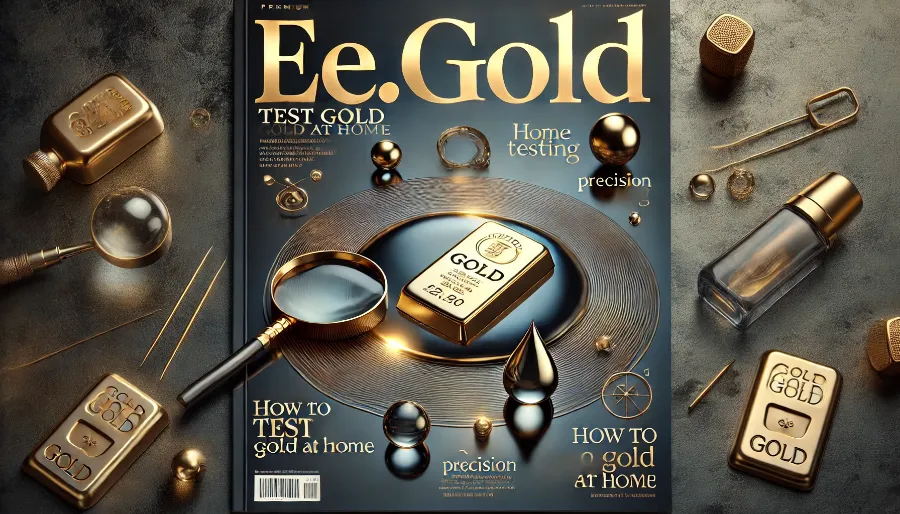
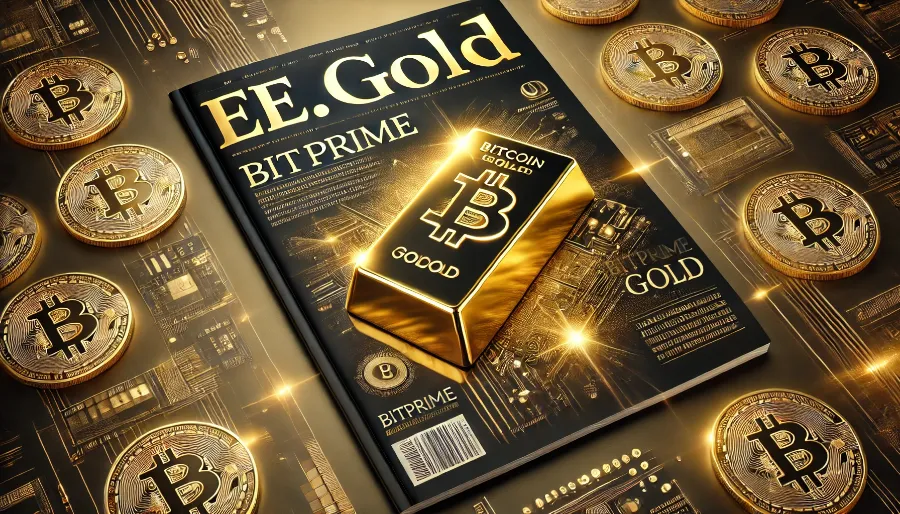
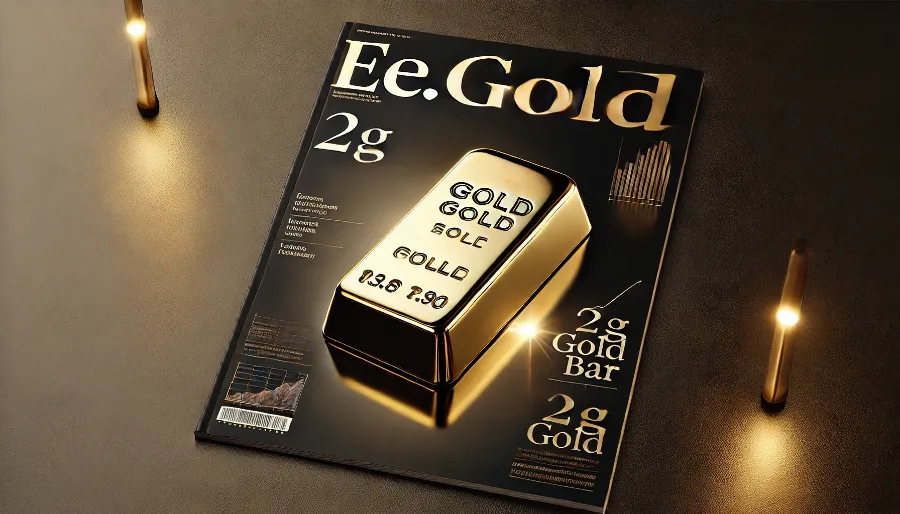

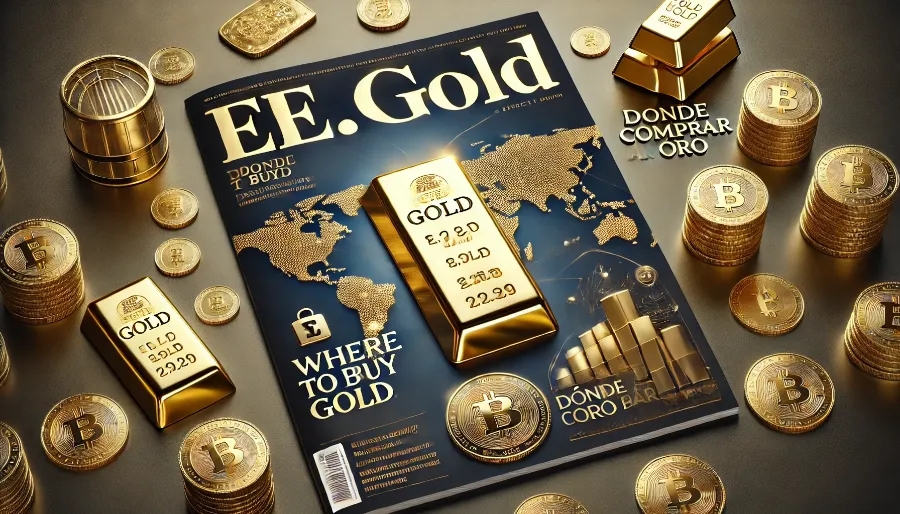
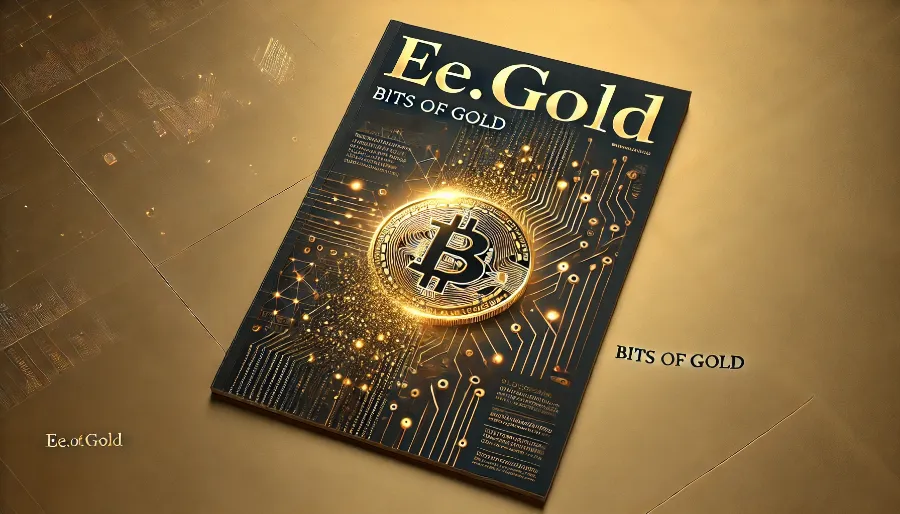



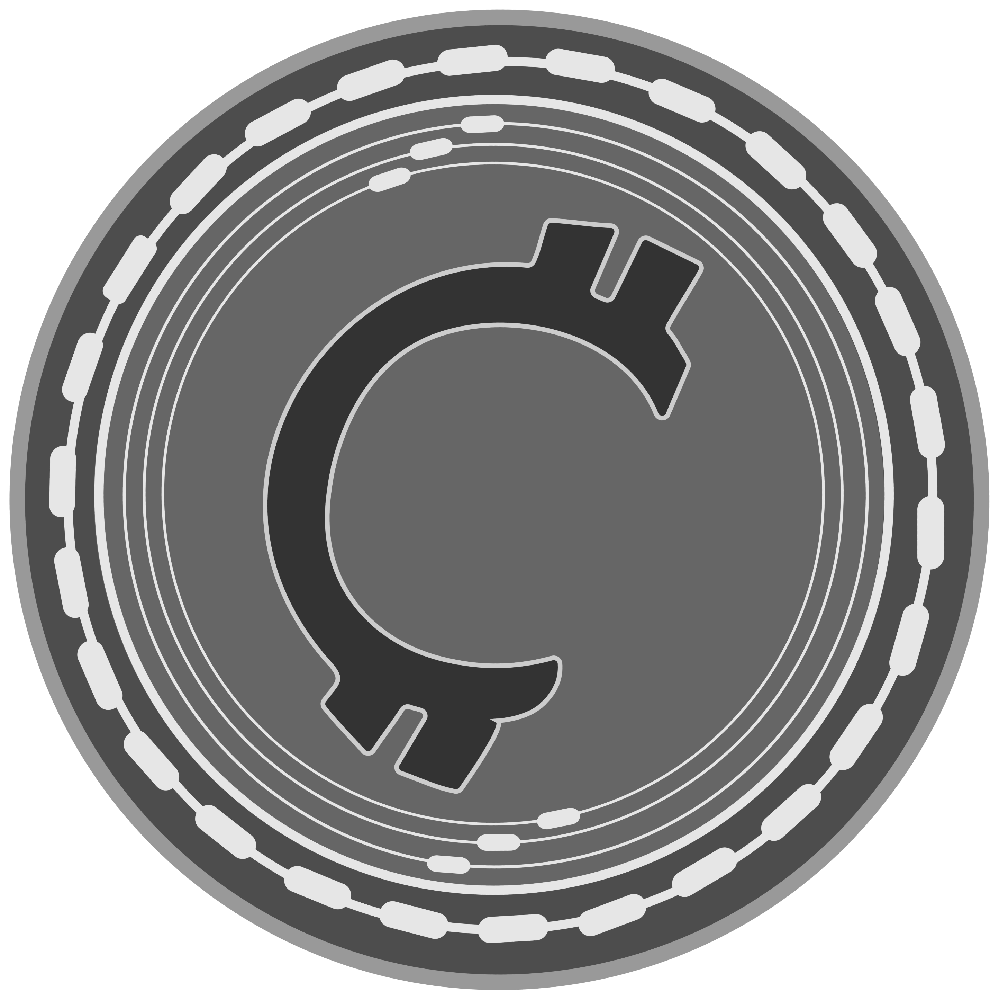
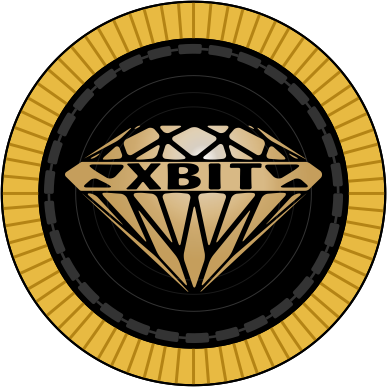
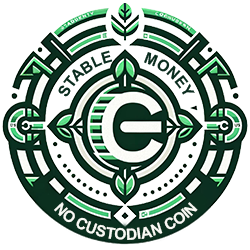

.png)

